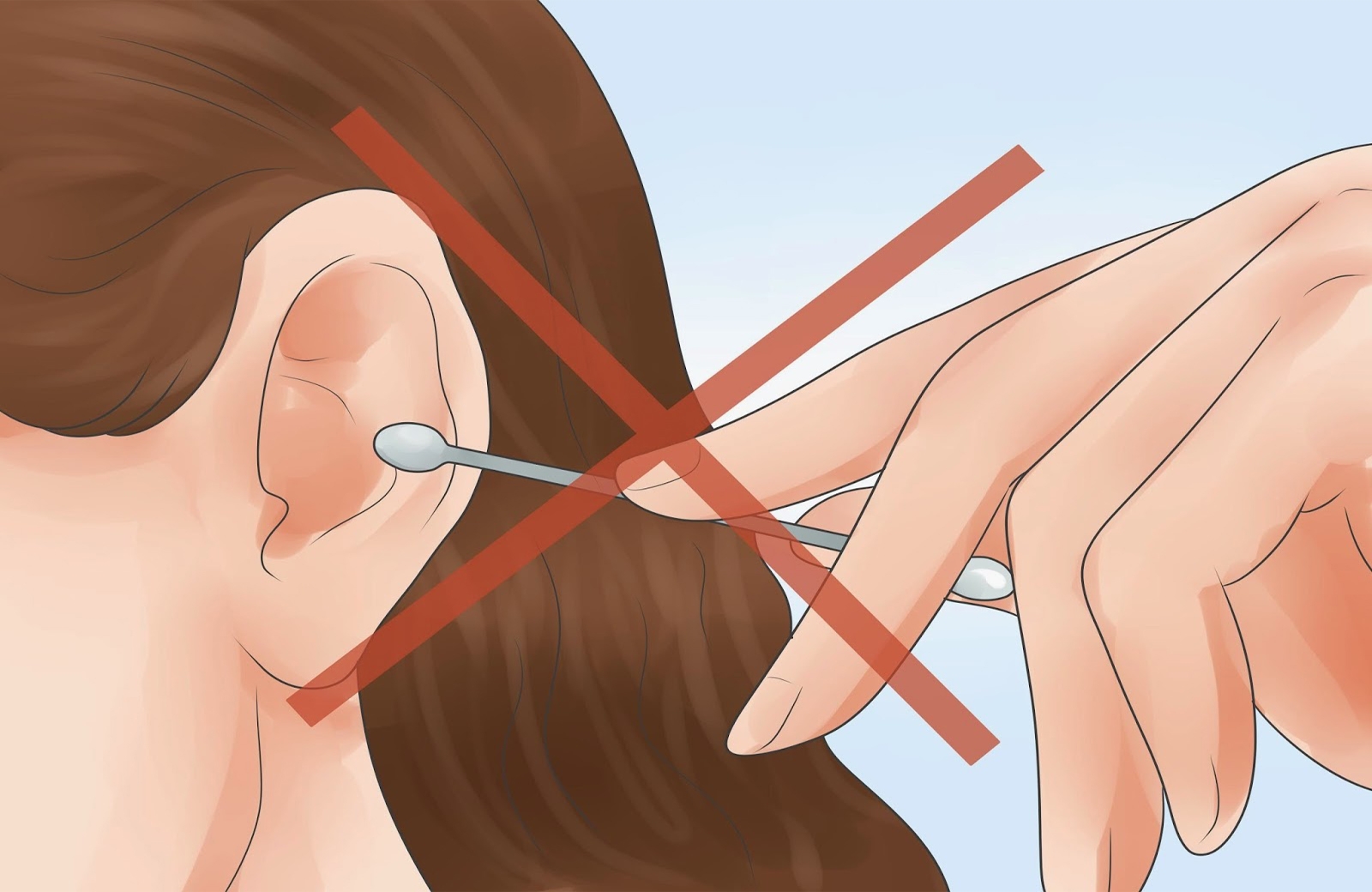PLUG (EARWAX)
External ear and external auditory canal: The external ear consists of the auricle and the external auditory canal. The external auditory canal is the name given to the tunnel-shaped part between the pinna and the eardrum. The external auditory canal (ear canal) resembles an hourglass and narrows in the middle. In the skin on the outer part of this tract, there are special glands that produce ear secretion. It is assumed that the function of the secretion is to hold particles of dust and sand and prevent them from reaching the membrane. Usually the secretion dries and is thrown out of the ear along with the dust and sand it contains. Or, it slides towards the auricle where it is erased. It is commonly said, “Do not insert anything smaller than your elbow into your ear.” The dried deposit here is called “earwax”. “Earwax” does not actually mean that the ear is dirty, it is called that among the public. In people with thick ear mucus or people working in dusty environments, this discharge may accumulate and block the external auditory canal.
Should We Clean Our Ears?
Ear secretion does not occur in the inner part of the ear canal, but only in the outer part. If a person tries to clean his ear with objects such as earwax, buckles, or twisted tissue paper, this pushes the discharge towards the inner part, towards the eardrum. The ear cannot be cleaned with such objects, only the ear debris is pushed inward. At the same time, the skin of the external auditory canal and the eardrum are very thin and sensitive and can be easily damaged. You can clean the folds of the auricle with cotton swabs, but not the outer ear canal!
Earwax is beneficial because it protects the ear canal and creates a temporary protective layer of fluid. Lack of ear secretion causes drying of the external ear canal and associated itching. Often the ear canal is self-cleaning; This occurs by gradually sweeping the skin and debris outwards, from the eardrum to the auricle, through a natural mechanism. Old ear debris is constantly swept out of the ear, where it dries and falls out. Under ideal conditions, you do not need to clean your ear. However, we know that this is not always the case.
There is a lot of ear debris and it can even block hearing by blocking the external ear canal. In this case, the physician cleans the ear with an aspirator, special tools or by washing. He or she may also request the use of medications that will soften the deposit before this cleaning process. If you know that you have such a condition, you can use softening drops such as “glycerin” without going to a doctor. You should know if you have a hole in your eardrum. If your eardrum is perforated, the drops you use may cause an ear infection. Likewise, washing an ear with a perforated eardrum also causes inflammation. If you are not sure about the health of your eardrum, you should definitely consult your doctor.
Does having your ears washed become a habit?
Flushing the ear canal does not become a habit. People who have thick ear mucus and whose ear canals have an insufficient cleaning mechanism need to have their ears cleaned every six months or once a year, as ear mucus often accumulates. This is due to the nature of ear discharge and is a problem that starts before the first washing process and will continue after the washing process. Ear discharge will accumulate whether it is washed or not.

